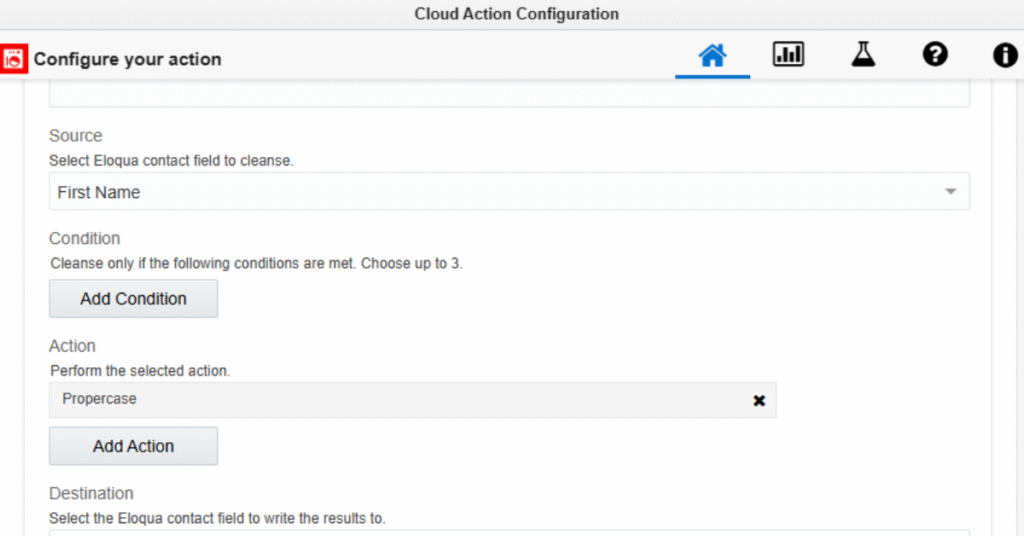
Dirty data clogs campaigns faster than a toddler can mash a keyboard—typos, blanks, and duplicates send bounce rates soaring and budgets down the drain. With bad information draining an average $12.9 million from enterprise coffers each year, “good enough” lists won’t cut it. Enter the Contact Washing Machine, our go-to scrubber that turns grimy records into breathable, revenue-ready air for every nurture you launch.
The hidden costs of typos, gaps & duplicates
One broken character in a domain can stall an entire lead-scoring engine. Duplicate contacts split engagement history so badly that sales reps chase the same person twice, while missing address lines in a regulated industry can turn an otherwise routine audit into a red-alert sprint. We have watched database health scores slide so far that segmentation rules stop behaving predictably, field merge on first-name greetings fail, and deliverability sinks. None of those losses show up as a line item on a budget, yet they leak from every key performance metric that matters to marketing and revenue teams.
What exactly is the Contact Washing Machine?
Inside a marketing-automation platform, the Contact Washing Machine operates like a rules-driven conveyor. Records roll onto the belt, pass through validation jets that flag malformed emails or phone numbers, slip under standardization brushes that turn every version of “USA” into one canonical value, and finish in an enrichment mist that fills missing firmographic blanks with data from an external source. By the time a contact leaves the cycle, the record is pressed, folded, and ready for the next stage of a nurture or a sales hand-off.
From 67 % incomplete to 95 % marketable
A recent audit of a mid-market tech database exposed that 67 percent of contacts lacked at least one of five must-have fields—country, industry, job title, phone, or opt-in status. Six weeks after a bespoke Contact Washing Machine program went live, completeness climbed to 95 percent. Click-through rates rose by nearly a fifth, and the sales team quietly deleted its dreaded “lead graveyard” spreadsheet. Clean data doesn’t just look good in a dashboard; it frees real people from rework.
Beyond a basic rinse: recipes that pay dividends
The standard “trim whitespace” routine barely scratches the surface of what the Contact Washing Machine can do. For global organizations, country-specific phone formatting converts a French mobile such as “06 12 34 56 78” into its international twin “+33 6 12 34 56 78,” guaranteeing every outbound dial pad is a single click. Job-title normalization collapses hundreds of variants of “marketing operations” into one reporting-friendly value, so dashboards stay readable. And CRM-sync safeguards ensure a fresh form-fill never overwrites a hard-earned “Do Not Call” flag, keeping privacy regulators at bay.
Best-practice checklist for a sparkling DB
Regular hygiene is non-negotiable. High-volume databases deserve a nightly spin; smaller lists can run weekly without gathering grime. Every change set should be version-controlled before launch so a rollback is only one click away. Governance lives at the field level—clear ownership of the “source of truth” prevents tug-of-war between systems. Wash reports should highlight which records changed, not merely how many, and a one-percent dry run in a sandbox is the cheapest insurance policy you’ll ever buy.
Running the Contact Washing Machine in Eloqua

Eloqua’s Program Canvas turns washing into drag-and-drop ease. A shared “entry” step funnels any new or updated contact into the flow, where built-in validators sniff out bad email syntax and phone patterns defined with regular expressions. Update Rules then unify country, state, and industry pick-lists, while a mid-flow call to a data partner—think Dun & Bradstreet—enriches firmographics. At exit, the program stamps each record with a “Washed – Eloqua” tag. Archiving the rule set at quarter-end and cloning the canvas preserves an audit trail that delights compliance teams.
Common pitfalls—and the fixes we rely on
Over-aggressive overwrites are the fastest way to ruin good CRM data; limit replacement logic to empty fields, not populated ones. Field-length truncation sneaks up when long job titles meet tight character limits, so validate string length before committing—or store overflow in a companion “full title” field. False positives often trace back to a rogue regular expression; every new rule deserves a peer review in a staging environment before it touches production records.
ROI: where clean data earns its keep
Across six client databases monitored for a full year, consistent washing delivered an average 18 percent lift in click-through rate, cut lead-assignment errors by more than a fifth, and shaved fifteen percent off campaign-build time because segments behaved the first time. Notably, no compliance tickets landed on legal desks due to incorrect contact details. Data hygiene scales results in the same way a clean codebase accelerates product releases—fewer surprises, faster iteration, healthier growth.
A closing note
Dirty data throttles engagement and slows pipeline momentum, yet many teams still treat hygiene as an occasional chore. The moment Contact Washing Machine routines become part of day-to-day operations, metrics rebound, insights sharpen, and creative teams finally work with information they can trust. If you suspect your own database is overdue for a rinse, our marketing-ops crew would love to run a complimentary health check.





